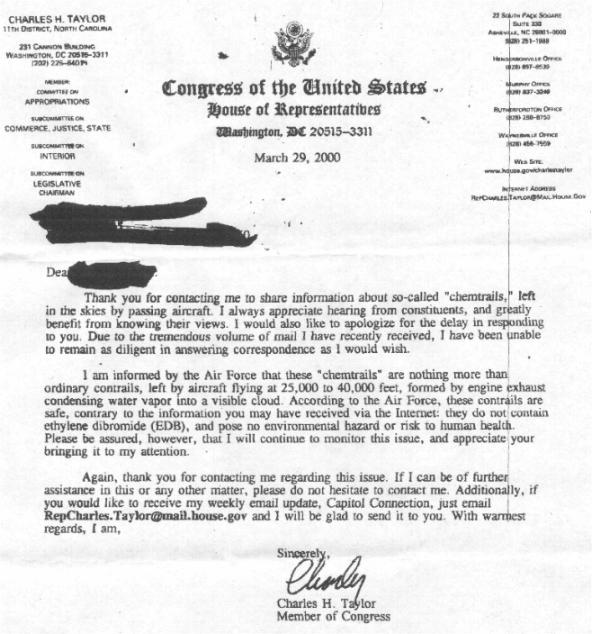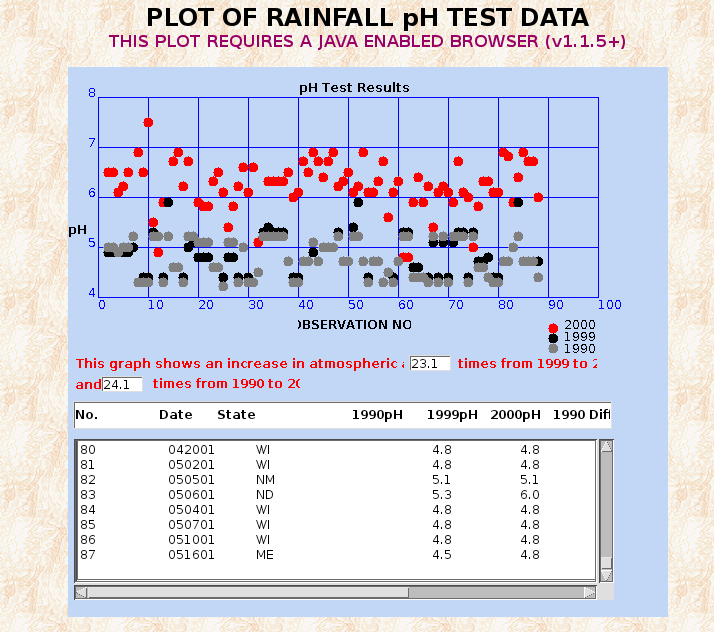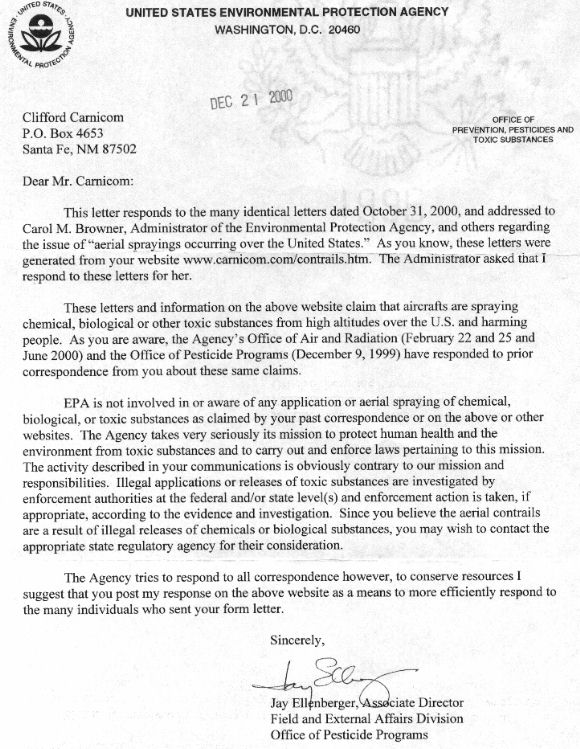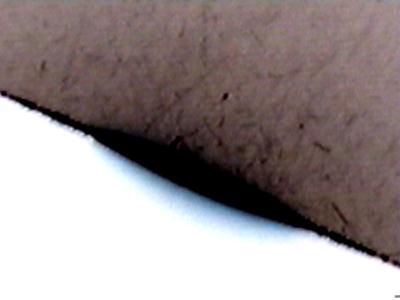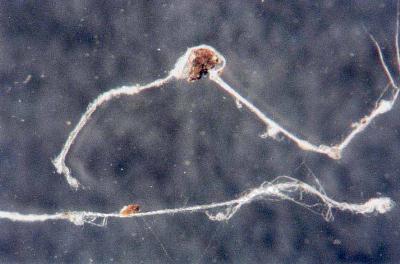
UNITED STATES ENVIRONMENTAL PROTECTION AGENCY LAW
This paper discusses the aims and missions of the US EPA with respect to protecting human health and safeguarding the natural environment. The US code covers the establishment of standards for aircraft engine emissions, mitigating international effects of air pollution by the US and other countries, the need for public notification in the event of known hazards and pollution, and the prevention and remedying of the impairment of visibility which results from man-made air pollution.
